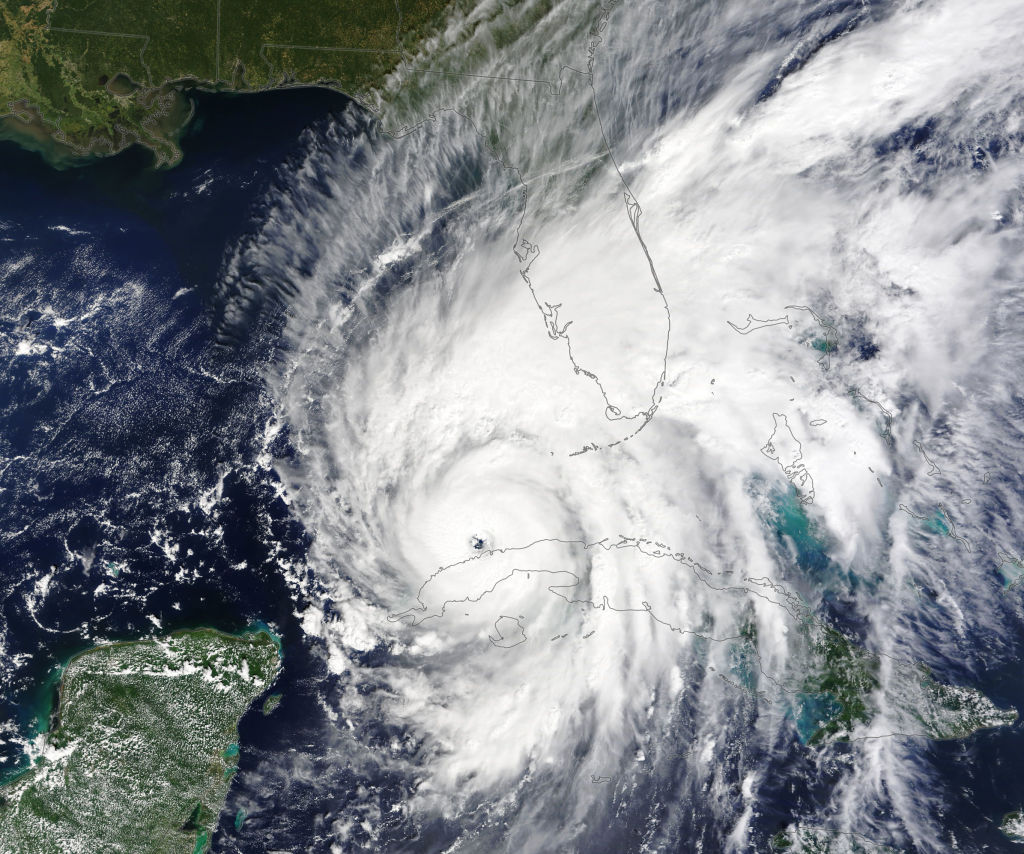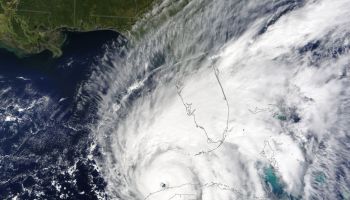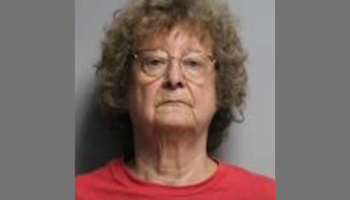
Source: Handout / Getty
Hurricane season brings both the excitement of summer and the potential for devastating natural disasters. For Black families, who have historically faced disproportionate challenges during and after hurricanes, preparation is critical to ensure the safety and well-being of our loved ones.
In August 2005, the entire world witnessed how Black communities suffered when Hurricane Katrina, a category 5 hurricane, hit New Orleans at gusting wind speeds of 120 miles per hour. According to The National Weather Service, the catastrophic hurricane killed over 1,833 people and cost the city approximately $108 billion in damage. The harsh hurricane made a devastating impact on the Lower 9th Ward, an area that was 98.3% Black in 2000.
Many families could not afford to leave New Orleans when Katrina hit and those who survived the aftermath were left with expensive damage.
A study by E&E analyzed flood insurance payments related to Katrina in 2005 and found some shocking statistics. According to the study, homeowners in seven zip codes received nearly $13 billion in flood claims after Hurricane Katrina landed. Four of those ZIP codes had populations that were at least 79% black, E&E noted.
How do hurricanes form?
Warm temperatures and moist air create the perfect breeding ground for a violent hurricane. Hurricanes can form over warm ocean waters, typically when sea surface temperatures are around 80 degrees Fahrenheit or higher. Warm waters provide the energy needed to fuel the storm’s development.
The atmosphere above the warm ocean waters must be unstable, allowing warm, moist air near the surface to rise rapidly. This hot air creates an area of low pressure at the surface, a crucial component for hurricane formation. When air begins to rush in, clouds and thunderstorms typically form, which fuels the hurricane’s fast movement and rotation.
With hurricane season approaching, here are a few things Black families can do to protect themselves during this dangerous period. We’ve come up with a comprehensive checklist that covers everything from early planning to emergency communication and community support.
1. Stay informed: Monitor weather forecasts regularly through trusted sources like the National Hurricane Center. Sign up for alerts to receive timely updates about potential hurricanes or tropical storms.
2. Create an emergency kit: Assemble a well-stocked emergency kit that includes non-perishable food, water, medications, first aid supplies, flashlights, batteries, important documents and any specific items needed for infants or elderly family members.
3. Evacuation plan: Identify evacuation routes and shelters in your area. Plan how you will evacuate if required, considering transportation and accommodation options.
4. Secure your home and reinforce structures: If you live in a hurricane-prone area, consider reinforcing your home’s windows and doors to withstand strong winds. Boarding up windows with plywood can offer extra protection.
5. Clear surroundings: Trim trees and secure loose objects in your yard that could become projectiles in high winds, causing damage to your property or neighboring homes.
6. Insurance coverage: Ensure your homeowner’s insurance covers hurricane damage. Review your policy to understand what is and isn’t covered, and consider additional coverage if needed.
7. Collect emergency contacts: Compile a list of emergency contacts, including family members, friends, and local authorities. Share this list with all family members.
8. Communication plan: Decide on a communication plan in case family members are separated during the storm. Choose a centralized point of contact and establish alternate communication methods, like text messaging, since they often work better during disasters.
9. Digital backups: Store important documents like identification, insurance policies and medical records in digital format (cloud storage or email), ensuring they are easily accessible even if physical copies are lost.
10. Check up on vulnerable family members: Check on elderly family members or neighbors to ensure they have a safe plan in place. Help them prepare their homes and gather necessary supplies.
11. Communicate with your children: Explain the situation to children in a calm and reassuring manner. Involve them in preparing the emergency kit and educate them about evacuation procedures.
12. Health needs: If family members have special medical needs, ensure you have an adequate supply of medications and medical equipment, make arrangements for potential medical assistance and prep any medication you may need beforehand.
13. Local networks: Join local community groups or social media pages focusing on disaster preparedness. These groups can provide valuable information and support during emergencies.
14. Mutual aid: Collaborate with neighbors to create a mutual aid network. Share resources, information, and assistance to collectively address challenges posed by the hurricane.
15. Advocate for equity: Participate in local discussions and initiatives focusing on equitable disaster response and recovery. Advocate for policies that ensure vulnerable communities are not disproportionately affected.
SEE ALSO:
Empowering Black Students For Success: 10 Back-To-School Confidence Boosters
College Students In Debt Struggle More With Physical And Mental Health, Study Finds
The post It’s Hurricane Season: How Black Neighborhoods Can Prepare For Upcoming Storms appeared first on NewsOne.
It’s Hurricane Season: How Black Neighborhoods Can Prepare For Upcoming Storms was originally published on newsone.com















